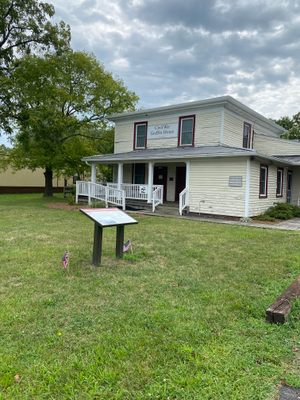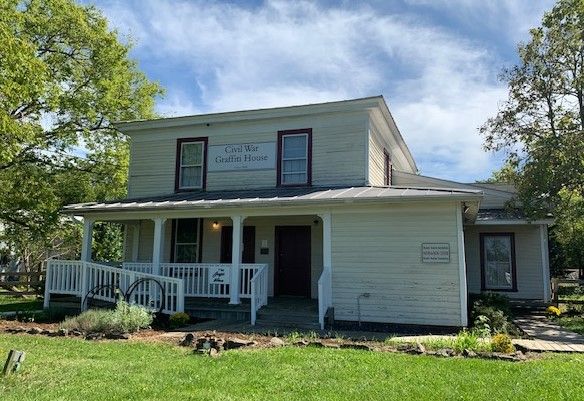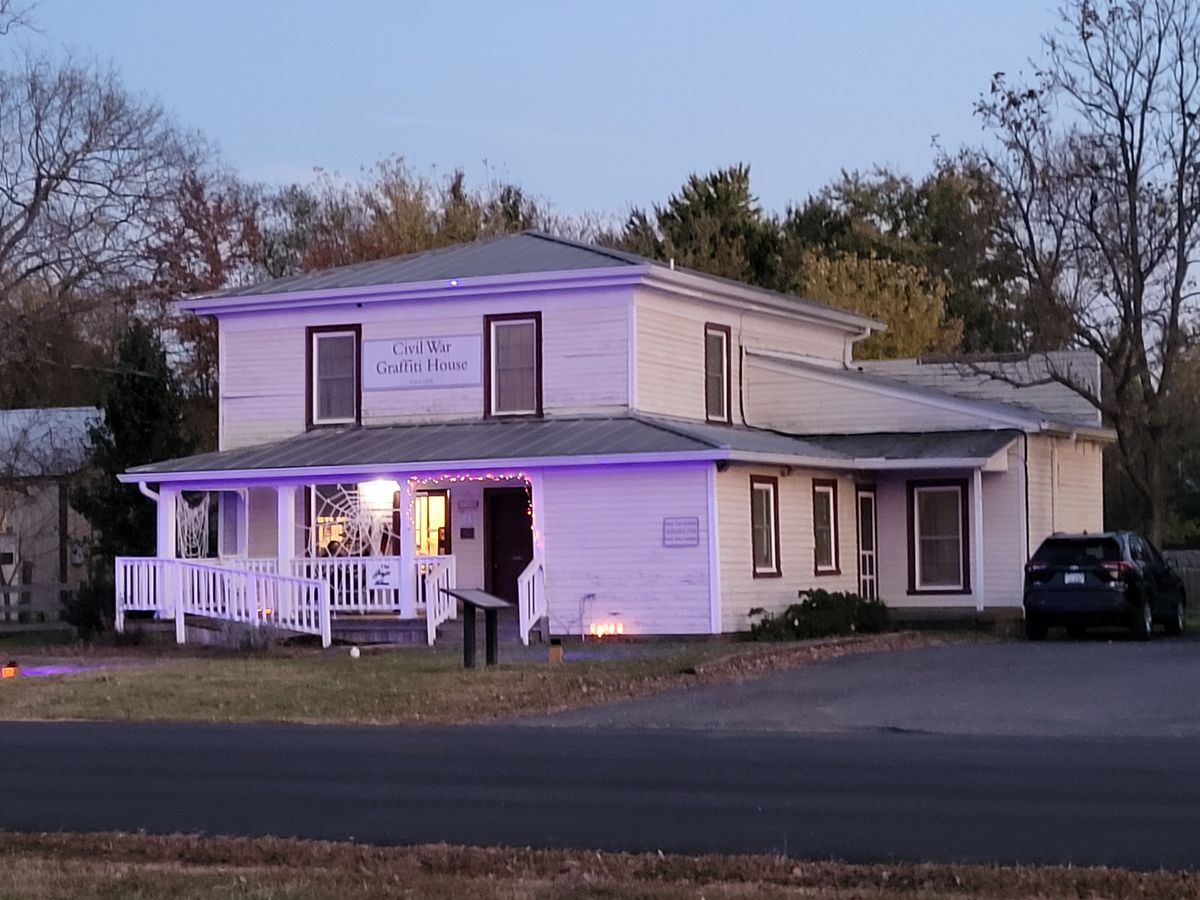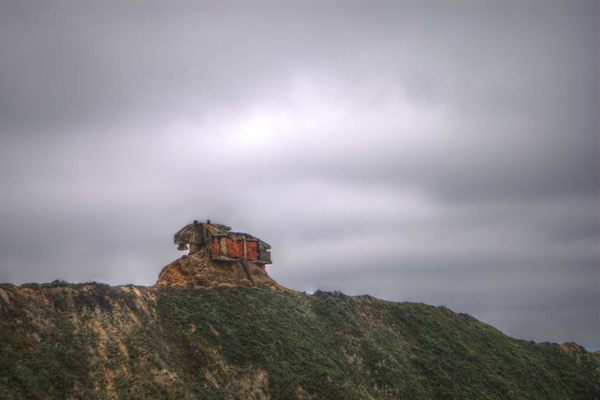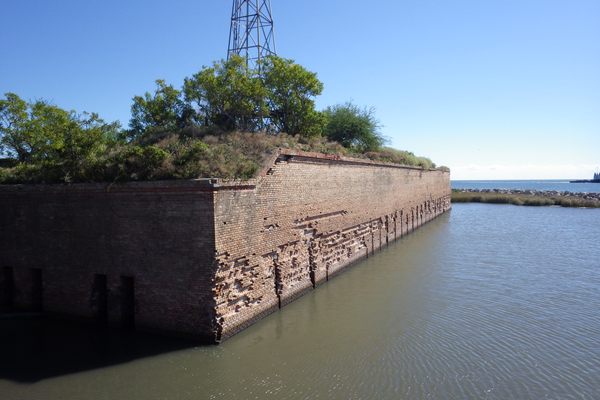About
Near railroad tracks in the rolling countryside of Culpeper County, Virginia, you can find a nondescript, two-story frame building. Constructed around 1858, its location indicates it was likely both a residence and commercial property. A few years later, its proximity to the Orange and Alexandria Railroad placed it strategically close to several Civil War skirmishes and battles.
Throughout the war, both the Union and Confederate Armies used the building as headquarters and hospital. Most notably, it functioned as a hospital for Confederate wounded during and after the Battle of Brandy Station in June 1863. It was the biggest cavalry battle ever waged in North America and is considered the first engagement of the Gettysburg campaign. The house had previously been used as a field hospital for wounded Confederate soldiers evacuated by train after the Battle of First Manassas in July 1861.
The Union Army occupied the house during the Winter Encampment of Brandy Station from 1863 to 1864. The house was also Union General Henry Prince’s headquarters during his pursuit of the Army of Northern Virginia as they retreated from Gettysburg.
During these various military occupations, the house received the embellishments for which it is now named. It became the “Graffiti House” because soldiers completely covered its plaster walls with signatures and drawings in pencil and charcoal. The second-floor walls display what is considered one of the largest intact collections of military graffiti. In addition to signing their names, the soldiers drew pictures of people and animals and wrote notes about their units and battles. There are names and drawings from both armies, reflecting the frequency with which the property changed hands. The signatories include Maj. General J.E.B. Stuart, Commander of the Cavalry of the Army of Northern Virginia.
The earliest bit of graffiti identified dates to April 1863. It was written by a member of Fitzhugh Lee's Confederate brigade following a skirmish at nearby Beverly's Ford. It states simply, "Yanks caught hell." Another drawing, showing a man with muttonchops looking at a horse's hind end, is captioned, "He Smells a Rebel."
After the war, wallpaper and paint concealed and protected the graffiti until it was rediscovered during a 1993 renovation. Although some of the graffiti was lost or removed, most are intact and displayed in the house. The Brandy Station Foundation purchased the property in August 2002, and they maintain the building for public viewing. The house also functions as the Visitors’ Center for the Brandy Station Battlefield.
Update as of December 2021: The house is currently closed and will reopen for tours in Feb. 2022.
Related Tags
Published
May 28, 2021












